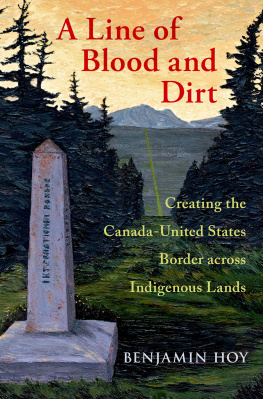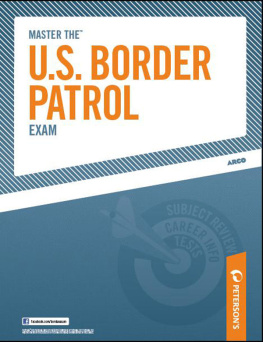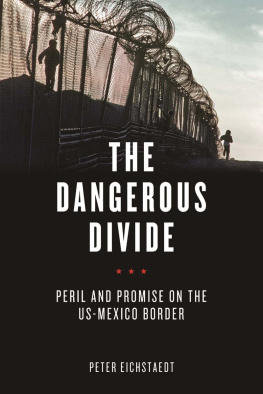A Line of Blood and Dirt

Oxford University Press is a department of the University of Oxford. It furthers the Universitys objective of excellence in research, scholarship, and education by publishing worldwide. Oxford is a registered trade mark of Oxford University Press in the UK and certain other countries.
Published in the United States of America by Oxford University Press
198 Madison Avenue, New York, NY 10016, United States of America.
Oxford University Press 2021
All rights reserved. No part of this publication may be reproduced, stored in a retrieval system, or transmitted, in any form or by any means, without the prior permission in writing of Oxford University Press, or as expressly permitted by law, by license, or under terms agreed with the appropriate reproduction rights organization. Inquiries concerning reproduction outside the scope of the above should be sent to the Rights Department, Oxford University Press, at the address above.
You must not circulate this work in any other form and you must impose this same condition on any acquirer.
Library of Congress Cataloging-in-Publication Data
Names: Hoy, Benjamin, author.
Title: A Line of Blood and Dirt : Creating the CanadaUnited States
border across indigenous lands / Benjamin Hoy.
Other titles: Creating the CanadaUnited States border across indigenous lands
Description: New York, NY : Oxford University Press, [2021] |
Includes bibliographical references and index.
Identifiers: LCCN 2020034962 (print) | LCCN 2020034963 (ebook) |
ISBN 9780197528693 (hardback) | ISBN 9780197528716 (epub) | ISBN 9780197528723
Subjects: LCSH: United StatesBoundariesCanada. | CanadaBoundariesUnited States. |
Indians of North AmericaCanadianAmerican Border RegionGovernment relations. |
Indians of North AmericaCanadianAmerican Border RegionHistory. |
Indians, Treatment ofUnited StatesHistory. | Indians, Treatment ofCanadaHistory. |
BoundariesSocial aspectsUnited States. | BoundariesSocial aspectsCanada.
Classification: LCC E179.5 .H73 2021 (print) | LCC E179.5 (ebook) |
DDC 320.1/2dc23
LC record available at https://lccn.loc.gov/2020034962
LC ebook record available at https://lccn.loc.gov/2020034963
DOI: 10.1093/oso/9780197528693.001.0001
To my parents, to whom I owe everything.
Contents
This book, like my childhood, was created in motion. In both instances, the CanadaUS border was never far from view. I was born to a Canadian mother and an American father. By the time I was ten years old my family had relocated for my parents work five times. Most of those transitions crossed the international border. The genesis of this book was no different. I completed parts of it in Ontario, California, and SaskatchewanAnishinaabe, Muwekma Ohlone, and Treaty 6 territories, respectively. Throughout the process the border divided where I lived, who funded my research, and where I was in relation to my loved ones.
Like the experiences of the people who appear in these pages, my own sense of belonging is complicated. My sister is Cree, my father is Cherokee-Greek, and my mother is Irish. I am a dual citizen with mixed heritage and white skin. I grew up with Mtis, Salish, Haudenosaunee, Cherokee, and Anishinaabe men from across the country who got together once a week to sing. None of our identities matched the boxes that administrators liked to create.
This book project might seem like a natural fit for me, a chance to understand the lives of people who crossed borders and categories as my life has. In practice, this work has felt anything but preordained. My initial interest in the topic remained low. When I was young, I was not sure what I wanted to do beyond a desire to avoid the footsteps of my parent who taught English, Indigenous literature and history, and womens studies. I failed. I am indebted to Michelle Hamilton and Kris Inwood for showing me how rich the study of Indigenous history, borders, and quantitative data could be and for fostering my early development as a scholar.
I soon learned that history is a humbling endeavor. While historians often pretend that the practice of history is a solitary activity filled with lonely reflection, little could be further from the truth. Creating a history book requires an endless amount of assistance. The final product is better described as a collection of debts than an individual effort. This book, like so many others, would not have been possible without the support of dozens of funding agencies, universities, students, archives, and colleagues.
The University of Saskatchewan, Stanford University, and the Social Science and Humanities Research Council (SSHRC) ensured I had the resources necessary to sustain a project of this magnitude. Technical and logistical support came from many directions. Stanfords Spatial History Lab and the University of Saskatchewans historical Geographic Information Systems (HGIS) lab provided my work with a home for many years. Jane Westhouse, Rilla Friesen, Jim Clifford, Jim Handy, Lesley Biggs, Erika Dyck, Keith Carlson, and Geoff Cunfer removed barriers and ensured that I was never far from supporting hands. The Summer University Research Initiative (SURI) exchange program between the University of Saskatchewan and the Indian Institute of Technology Gandhinagar exposed me to new ideas and insightful scholars. The Social Science and Humanities Research Council provided funding at multiple stages of my career and made the scale of this research possible.
Dozens of organizations and people have lent their support in other ways. Rilla Friesen created the index for this book and Anne Sanow did the copyediting. Jeremy Toynbee, at Newgen, oversaw the books production. The St:l Nation provided me with access to their collections, for which I remain deeply grateful. Archivists from more than thirty institutions helped me navigate a bureaucratic labyrinth. A heartfelt thanks is owed to each of these organizations, people, and institutions.
Friends and colleagues also added their expertise to this project. Just listing the scholars who read sections of the book no longer fits into a comfortable sentence. Keith Carlson, Cameron Blevins, Ashleigh Androsoff, Maurice Labelle, Matthew Neufeld, Valerie Korinek, Erika Dyck, Robert Englebert, Kathryn Labelle, Helen Hoy, Thomas King, Andrew Graybill, and Stephen Aron all read segments. Brian Delay, Geraldo Cadava, Michel Hogue, C. Matthew Snipp, Albert Camarillo, and anonymous reviewers read entire drafts. Each scholar caught mistakes and improved the research and writing in innumerable ways. Any lingering shortcomings or errors, of course, remain my own.
The Building Borders team helped to create many of the visuals that appear in this book. Tyla Betke, Meagan Breault, Katherine McPhee, Erin Isaac, Kevin Winterhalt, Steven Langlois, Olya Sotskaya, Tenille Holm, Himanshu Chauhan, and Kristen Forest helped me digitize, track, and map the thousands of individuals and policies that made the border a reality. So too did graduate students including Tarisa Little, Arya Adityan, Chris Marsh, and Punya Suri. Your collective ability to solve problems and rebuild histories continues to astound me.
I would like to extend a special thanks to both Richard White and Susan Ferber. Richard read more drafts of this work than anyone, no matter their crime, deserved to. I am not sure I will ever be able to repay your generosity. Susan provided expert editorial guidance and endless patience as this book took a long and winding road toward competition.







